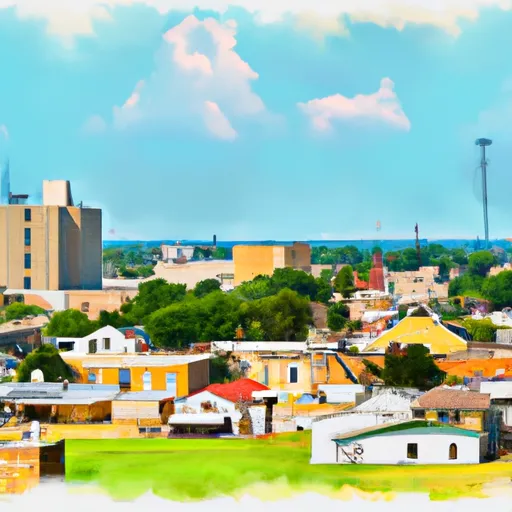°F
°F
mph
Windspeed
%
Humidity











New Ulm, Texas is a small, unincorporated community located in Austin County. It has a humid subtropical climate, characterized by hot, humid summers and mild winters. The area experiences an average annual precipitation of around 42 inches, with the majority of rainfall occurring in the months of May through September. New Ulm is situated near the Colorado River, which provides a vital hydrological component to the region. Outdoor enthusiasts visiting New Ulm can enjoy various recreational activities, such as fishing, boating, and kayaking in the Colorado River. The surrounding countryside also offers opportunities for hiking, camping, and birdwatching, making it an ideal destination for nature lovers and outdoor adventurers.
Weather Forecast
New-Ulm receives approximately 1040mm of rain per year, with humidity levels near 89% and air temperatures averaging around 20°C. New-Ulm has a plant hardyness factor of 8, meaning plants and agriculture in this region tend to thrive here all year round.
Regional Streamflow Levels
1
Cubic Feet Per Second
312
Cubic Feet Per Second
584
Cubic Feet Per Second
0
Cubic Feet Per Second
Nearby Camping
| Camping Area | Reservations | Toilets | Showers |
|---|---|---|---|
| Birch Creek - Lake Somerville State Park | |||
| Lake Texana State Park | |||
| Town Square - Fayetteville | |||
| Indianola County Historic Park | |||
| Overlook - Lake Somerville | |||
| Brackenridge Plantation |



